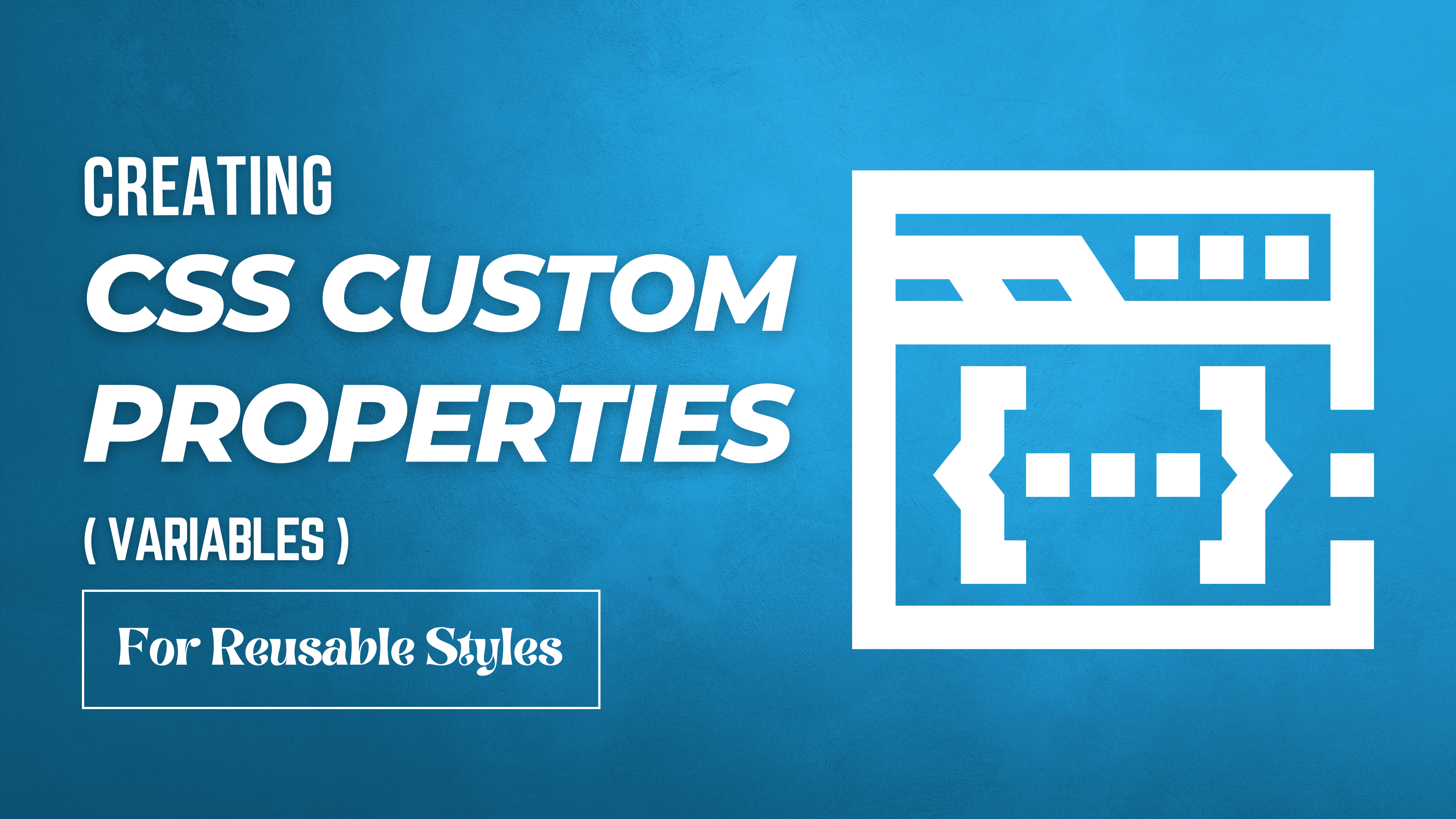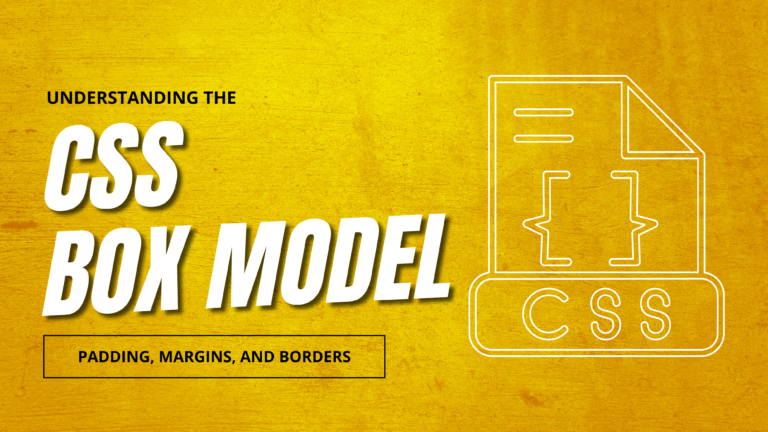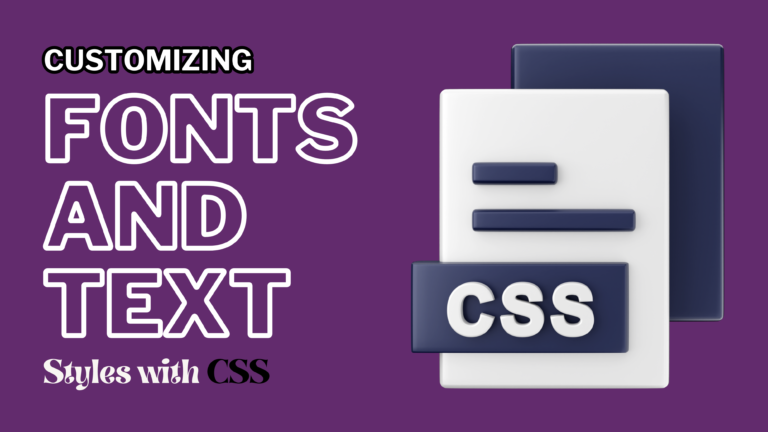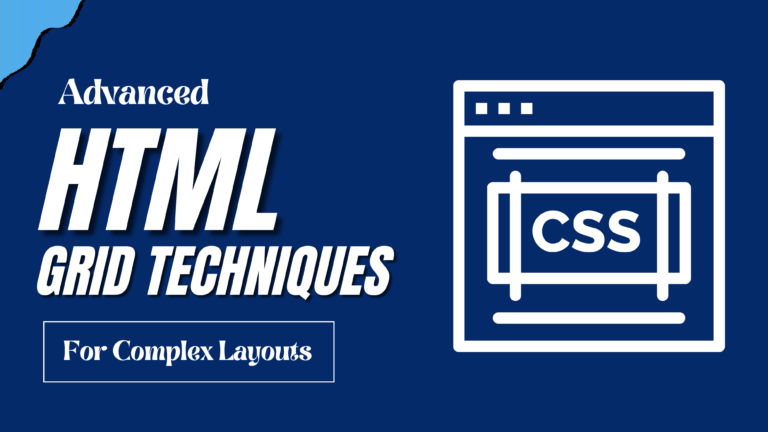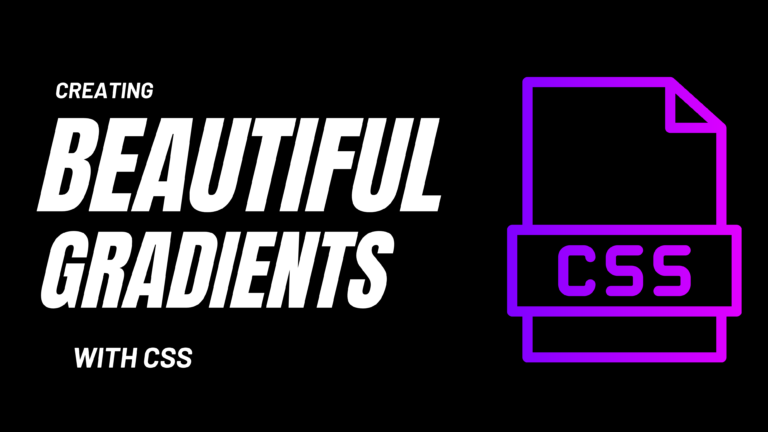Title: Streamlining Your Styles Creating and Using CSS Custom Properties (Variables) for Reusable Design
CSS Custom Properties, also known as CSS Variables, allow you to create reusable values that can be applied throughout your stylesheet. This approach enhances maintainability, consistency, and efficiency in your web design. In this guide, we’ll explore how to create and use CSS custom properties effectively.
What Are CSS Custom Properties?
CSS Custom Properties are entities defined by CSS authors that contain specific values to be reused throughout a document. Unlike traditional CSS variables, they are dynamic and can be updated using JavaScript, making them highly flexible for design and theming purposes.
Creating and Using CSS Custom Properties
1. Defining Custom Properties
Custom properties are defined using the -- prefix and can be set on any element. Typically, they are declared in the :root pseudo-class to make them globally accessible.
Example:
<style>
:root {
--primary-color: #3498db;
--secondary-color: #2ecc71;
--font-size: 16px;
--padding: 10px;
}
</style>
2. Using Custom Properties
Once defined, custom properties can be applied anywhere in your CSS using the var() function. This promotes consistency and makes it easier to update values across your stylesheets.
Example:
<style>
body {
font-size: var(--font-size);
color: var(--primary-color);
padding: var(--padding);
}
.header {
background-color: var(--secondary-color);
}
</style>
3. Overriding Custom Properties
Custom properties can be overridden within specific elements or contexts, allowing for localized styling adjustments.
Example:
<style>
.container {
--primary-color: #e74c3c; /* Override primary color within this container */
background-color: var(--primary-color);
}
</style>
4. Using Custom Properties with Media Queries
Custom properties can be adjusted within media queries to create responsive designs. This approach allows for consistent theming and styling across different devices.
Example:
<style>
:root {
--font-size: 16px;
}
body {
font-size: var(--font-size);
}
@media (min-width: 768px) {
:root {
--font-size: 18px;
}
}
@media (min-width: 1024px) {
:root {
--font-size: 20px;
}
}
</style>
5. Dynamic Updates with JavaScript
CSS Custom Properties can be dynamically updated using JavaScript, providing flexibility for interactive and theme-based applications.
Example:
<style>
:root {
--bg-color: #ffffff;
}
body {
background-color: var(--bg-color);
}
</style>
<script>
function changeBackgroundColor(color) {
document.documentElement.style.setProperty('--bg-color', color);
}
// Example usage:
changeBackgroundColor('#f0f0f0'); // Change background color dynamically
</script>
Benefits of Using CSS Custom Properties
- Reusability: Define a value once and reuse it throughout your stylesheet, ensuring consistency.
- Maintainability: Update a single value in one place to affect multiple elements, making your stylesheet easier to maintain.
- Theming: Easily create and switch between different themes by changing custom property values.
- Responsiveness: Adjust custom properties in media queries to adapt styles for various screen sizes.
Conclusion
CSS Custom Properties are a powerful tool for creating scalable, maintainable, and consistent styles. By defining and using variables, you can streamline your design process, enhance responsiveness, and implement dynamic theming with ease.
